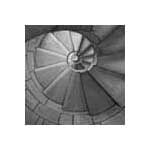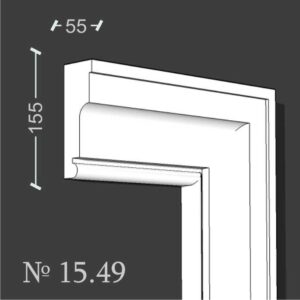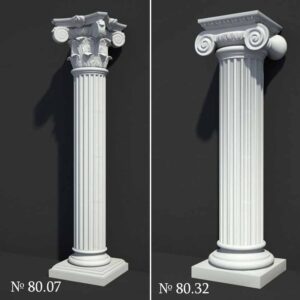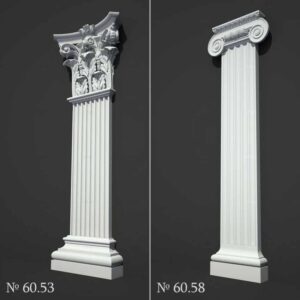In the heart of Melbourne, a new house modern design is redefining architectural trends. The Northside House, a project by Wellard Architects, is a testament to the transformative power of modern design in shaping our living spaces. This article explores how this unique architectural project influences today’s home trends.




Balancing Privacy and Openness
The Northside House is a perfect example of how modern design can balance privacy and openness. The house, designed for a young family of four, is situated on a prominent corner site. This location offers a high degree of privacy, a feature that is increasingly sought after in modern homes.
Yet, the design of the Northside House allows it to open up completely when needed. This flexibility creates a warm and welcoming space for family, friends, and locals. It’s a design feature that is becoming more popular in new house modern design, as it caters to our changing social dynamics.
The ability to balance privacy and openness is a testament to the innovative thinking behind modern design. It shows that modern homes can be both private sanctuaries and social hubs, adapting to the needs of their inhabitants. This trend is influencing home design not just in Melbourne, but around the world.


Respecting Heritage While Embracing the New
One of the key trends in new house modern design is the ability to respect and preserve heritage while embracing new forms and materials. The Northside House does this beautifully. The face-pressed red brickwork of the existing house was preserved, a nod to the architectural heritage of the area.
The new additions to the house were made with terracotta shingles. This material is both familiar and new, a perfect metaphor for the design philosophy of the Northside House. It represents a respect for the past, while also embracing the possibilities of the future.
This approach to design is becoming more common in new house modern design. It shows that modern homes can be both forward-looking and rooted in history. This trend is influencing home design not just in Melbourne, but around the world.


Bringing Light into the Heart of the Home
Another trend in new house modern design is the use of light to transform interior spaces. The Northside House features a glazed break running up the Northern external wall and along the roof line. This design element brings light deep into the heart of the new addition.
The play of light and shadow throughout the day alters the interior spaces of the building. This dynamic interaction creates a living, breathing space that changes with the time of day. It’s a design feature that is becoming more popular in new house modern design.
The use of light in this way is not just aesthetically pleasing. It also has practical benefits, such as reducing the need for artificial lighting. This trend is influencing home design not just in Melbourne, but around the world.


Integrating Art into Architecture
The Northside House also showcases how modern design can integrate art into architecture. The clients’ passion for art was accommodated with extensive and uninterrupted wall space for their growing collection of paintings and sculptures.
Natural stone slabs with striking tones and textures were used in the design of the house. These slabs appear as pieces of artwork and sculpture themselves, blurring the line between architecture and art. This integration of art into the design of the home is a trend that is becoming more popular in new house modern design.
This approach to design shows that modern homes can be both functional and beautiful. It shows that architecture can be a form of art in itself. This trend is influencing home design not just in Melbourne, but around the world.


Conclusion
The Northside House by Wellard Architects is a shining example of new house modern design. It beautifully balances privacy and openness, respects heritage while embracing the new, brings light into the heart of the home, and integrates art into architecture. These trends are not just influencing home design in Melbourne but are shaping the future of architecture worldwide.






